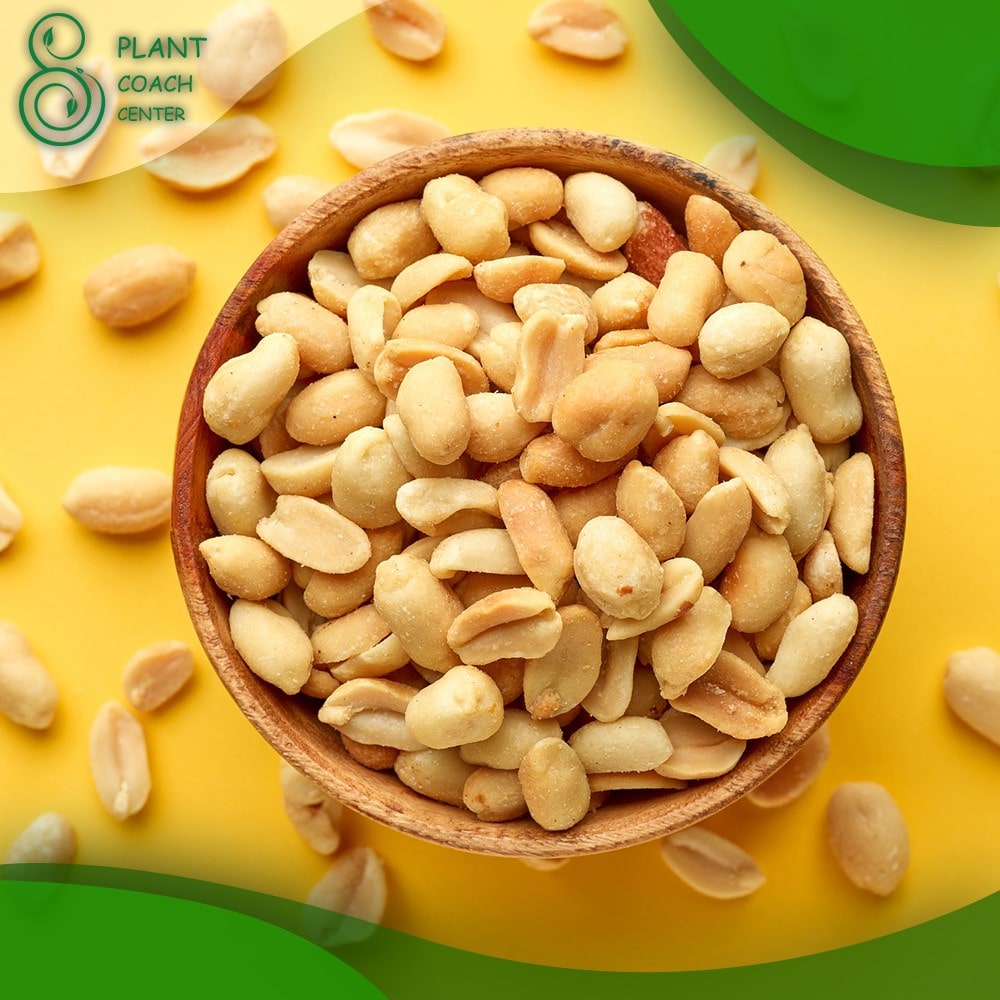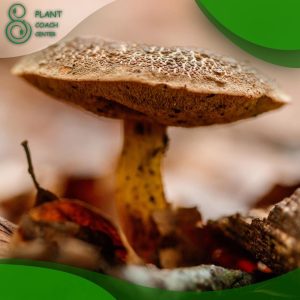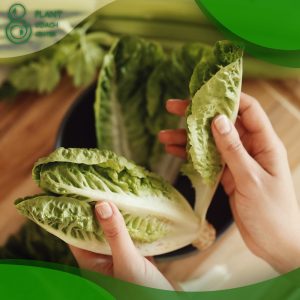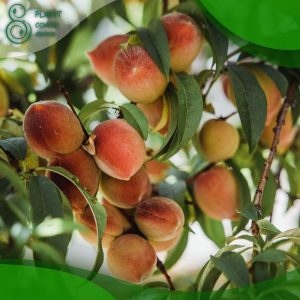Introduction: The Mystery of the Peanut Plant
If you’ve ever wondered, “How do peanuts grow?” then you’re about to embark on an interesting journey. Unlike most plants, peanuts have a unique growth process that surprises many people. Let’s explore the fascinating world of peanut cultivation.
Origin and History of Peanuts
Peanuts, scientifically known as Arachis hypogaea, have been a dietary mainstay for centuries. Originating in South America, these nutrient-rich legumes have made their way across the globe, thanks to Spanish and Portuguese explorers. Intriguingly, even though peanuts are called nuts, they are more closely related to beans and peas.
The Unusual Growth Habit of Peanuts
Unlike typical plants, peanuts grow in an unexpected fashion. After the flowers are pollinated, a peculiar thing happens. The flower stalks, known as “pegs,” elongate and burrow into the ground, where the peanuts develop. This fascinating process is known as geocarpy.
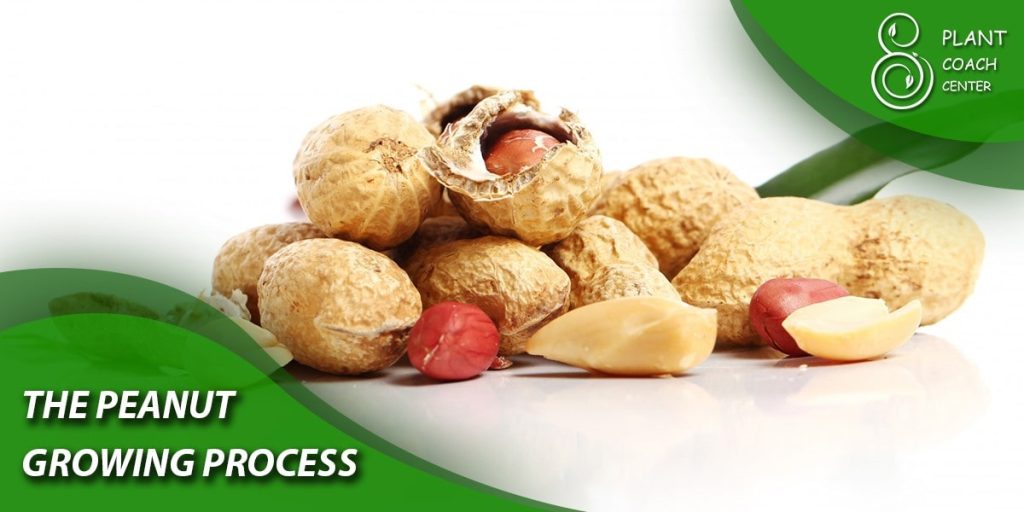
The Peanut Growing Process
Planting Peanuts
Peanuts are generally planted in the spring as the soil warms up. The seeds are planted 1 to 2 inches deep, and about 6 to 8 inches apart. After planting, it is important to keep the soil moist until germination occurs.
Germination and Emergence
In approximately a week, germination takes place. The first evidence of this is the emergence of a small green shoot from the soil. This young plant will continue to grow, developing leaves and starting the photosynthesis process.
Flowering and Pegging
About 40 days after planting, bright yellow flowers begin to appear. Once pollinated, these flowers fade, and the pegs start their downward journey into the soil. This is when the real magic begins!
Maturity and Harvest
Harvesting usually happens 4 to 5 months after planting when the leaves turn yellow and the pegs are hard to pull out. The plants are then dug up and left to dry before the peanuts are removed.
The Conditions Peanuts Need to Grow
Soil Requirements
Peanuts prefer loose, well-drained soil. They can tolerate some clay and sand but avoid heavy clay soils as it makes it difficult for the pegs to penetrate the ground.
Temperature and Climate
Peanuts need a long, warm growing season, typically between 120 and 150 frost-free days. They thrive best in full sunlight and temperatures between 70-95°F (21-35°C).
Water and Nutrient Needs
Peanuts are relatively drought-resistant but require regular watering during germination and flowering. As for nutrition, peanuts have a unique ability to fix nitrogen from the air, reducing the need for nitrogen-based fertilizers.
How to Grow Peanuts at Home
Steps to Grow Peanuts at Home
Growing peanuts at home can be a fun and rewarding experience. Start by choosing a variety that suits your climate. Prepare a sunny spot with well-drained soil, and plant the peanuts. Water regularly, but don’t overwater. Be patient and wait for the magic to happen!
Caring for Your Peanut Plants
Keep an eye out for pests and diseases. Mulching can help suppress weeds and maintain soil moisture. If you want a taste of the peanuts before they mature, try harvesting a few “green” peanuts around 100 days after planting.
The Importance of Peanuts
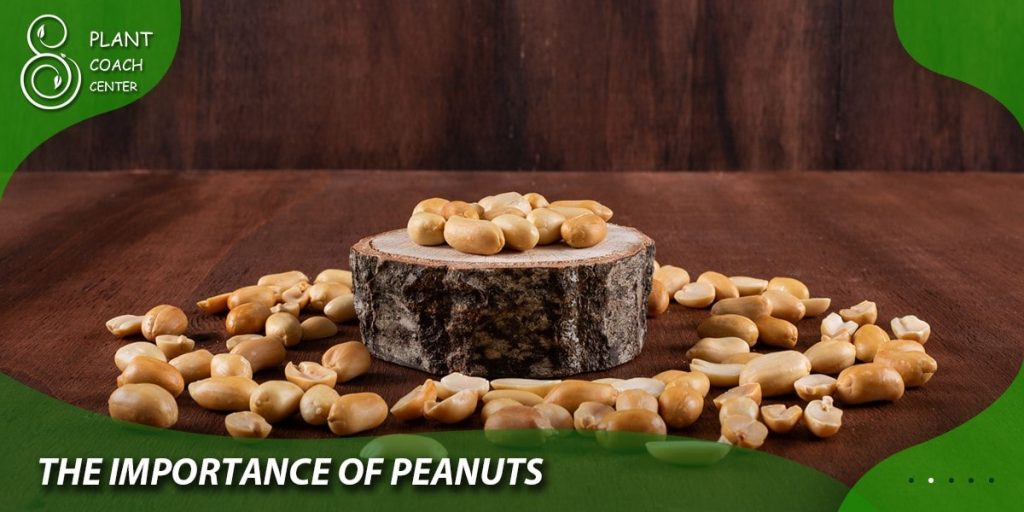
Nutritional Benefits
Peanuts are a powerhouse of nutrition, boasting high levels of protein, healthy fats, fiber, and various vitamins and minerals. They are also linked to several health benefits, including heart health and weight management.
Economic Impact
Peanuts have a significant economic impact. They are not only a staple food in many cultures but also a key ingredient in numerous products ranging from peanut butter to cosmetics. In the USA alone, peanuts contribute over $4 billion to the economy annually.
Challenges and Diseases in Peanut Cultivation
Peanut cultivation, despite its unique and fascinating growth process, is not without its challenges. From pest invasions to fungal diseases and environmental stressors, various factors can compromise the health and yield of your peanut plants. Understanding these issues can help you take preventive measures or intervene early to protect your crop.
Common Diseases in Peanut Plants
Peanuts are susceptible to several diseases, which can significantly affect their growth and yield if not managed appropriately.
1. Leaf Spot: Leaf spot diseases, including early and late leaf spot, are fungal infections that cause dark spots on peanut leaves. If left unchecked, these diseases can defoliate the plant, reducing yield. Fungicides and crop rotation can help manage leaf spot diseases.
2. Root-Knot Nematodes: These microscopic worms attack the roots of the peanut plants, causing knots or galls. Infected plants may exhibit yellowing, stunting, and wilting. Nematicides and crop rotation with non-host plants are effective control measures.
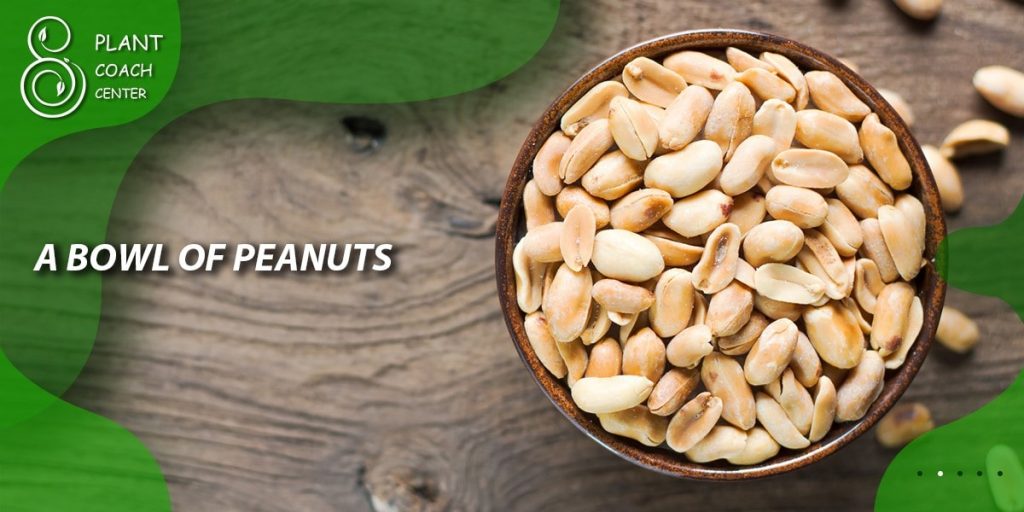
3. Southern Blight: This soil-borne fungus affects the base of the plant, causing wilting and eventually plant death. The fungus thrives in warm and wet conditions. Management strategies include crop rotation and deep plowing to bury the fungus.
4. Aflatoxin Contamination: Certain types of fungi, namely Aspergillus flavus and A. parasiticus, can contaminate peanuts with aflatoxins, potent carcinogens. The risk of aflatoxin contamination increases with drought stress and insect damage. Proper irrigation management and pest control can help reduce this risk.
Pest Problems
Peanuts also face threats from various pests, which can damage both the foliage and the developing nuts.
1. Aphids: These small insects suck sap from the peanut plants, weakening them and potentially spreading viral diseases. Natural enemies, insecticidal soaps, and systemic insecticides can help control aphid populations.
2. Thrips: Thrips are tiny insects that feed on the leaves and flowers, causing discoloration and deformation. They also serve as vectors for the tomato spotted wilt virus, a serious disease in peanuts. Insecticides and reflective mulches can deter thrips.
3. Lesser Cornstalk Borer: This pest is particularly damaging because it feeds on the pegs and developing pods. Control measures include maintaining soil moisture and applying appropriate insecticides.
Environmental Stressors
Lastly, environmental factors, such as drought, poor soil conditions, and extreme temperatures, can also pose challenges to peanut growth. These stressors can weaken the plants, making them more susceptible to diseases and pests while also directly affecting their growth and yield.
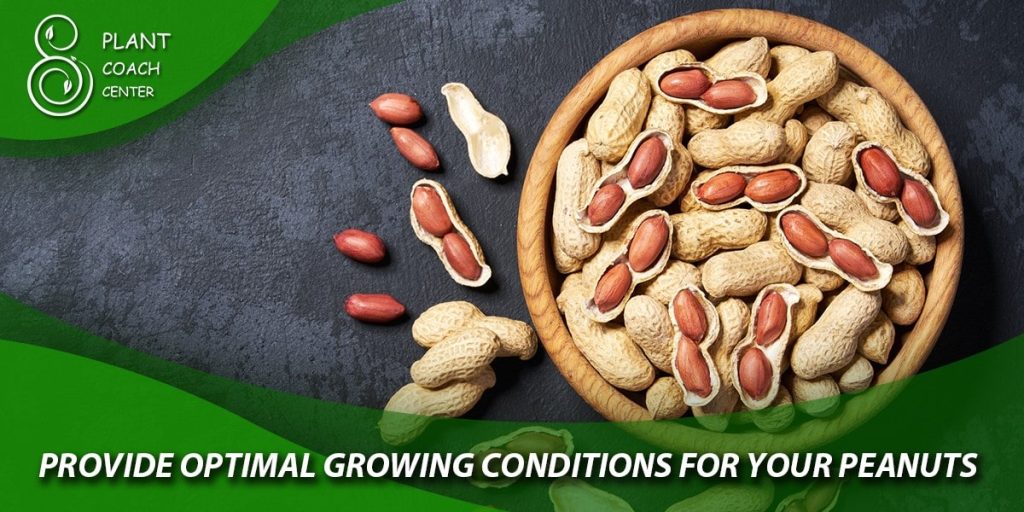
To mitigate these issues, it’s crucial to provide optimal growing conditions for your peanuts—loose, well-drained soil; sufficient watering, especially during dry spells; and protection from extreme temperatures.
In conclusion, while peanut cultivation can face several challenges, these can be managed with proper knowledge, early detection, and appropriate intervention strategies.
Conclusion
Understanding how peanuts grow gives us a remarkable insight into this amazing plant. Whether you’re a home grower or just a curious reader, the process of how peanuts grow from a tiny seed to a nutritious nut is truly fascinating. At plantcoachcenter.com, we hope this guide has answered your question: “How do peanuts grow?”
Do peanuts grow underground?
Yes, peanuts grow underground. After the flowers are pollinated, the flower stalks elongate and burrow into the ground, where the peanuts develop.
What climate do peanuts need to grow?
Peanuts thrive best in a warm climate and full sunlight, with temperatures between 70-95°F (21-35°C).
How long does it take for peanuts to grow?
It usually takes about 4 to 5 months from planting to harvest.
What are the challenges in growing peanuts?
Some challenges in peanut cultivation include susceptibility to diseases and pests, soil requirements, and harvesting challenges.
How can I grow peanuts at home?
Choose a peanut variety that suits your climate. Plant the peanuts in a sunny spot with well-drained soil. Water regularly but avoid overwatering. Monitor for pests and diseases.
Why are peanuts important?
Peanuts are nutritionally rich and have significant economic value. They are used in numerous products besides being a staple food in many cultures.


